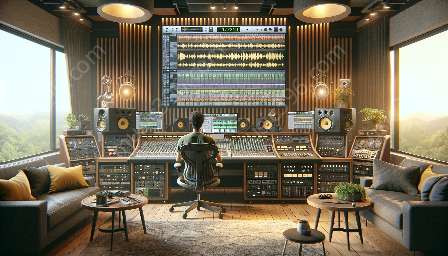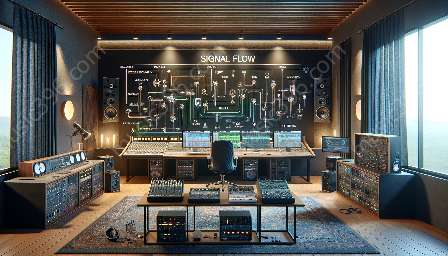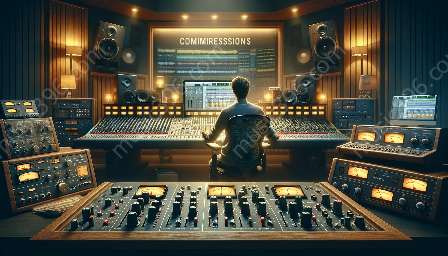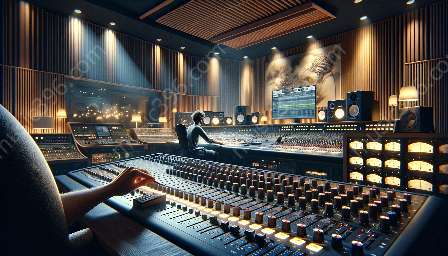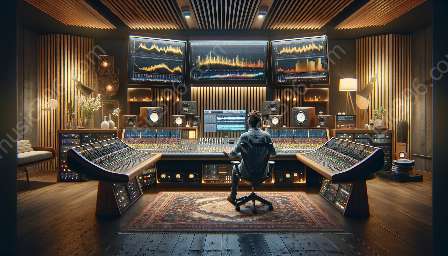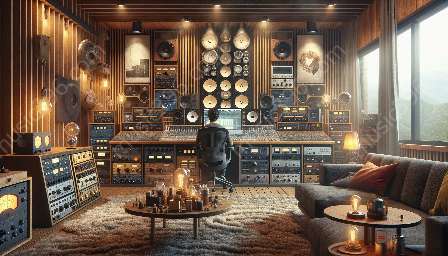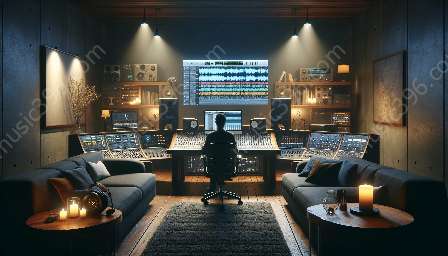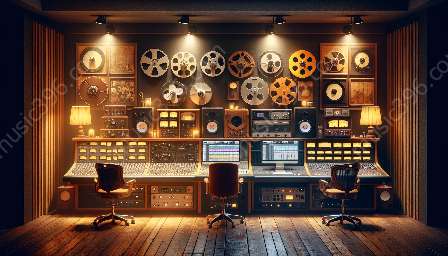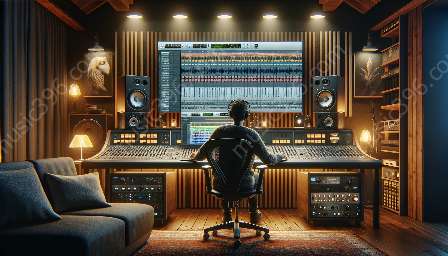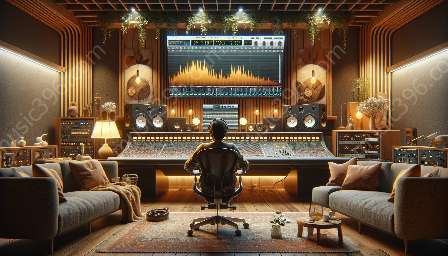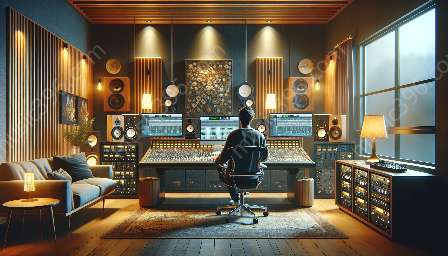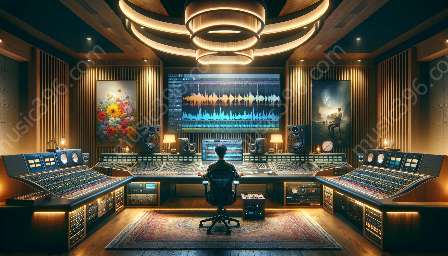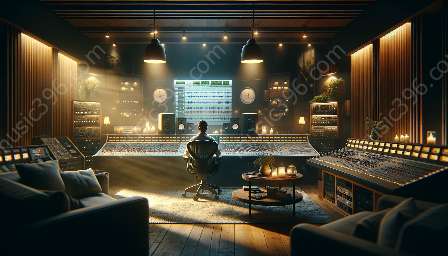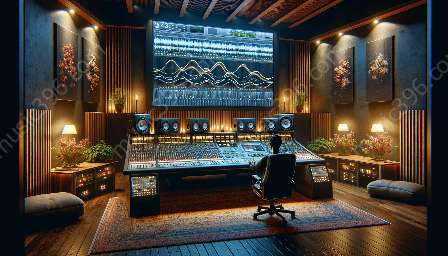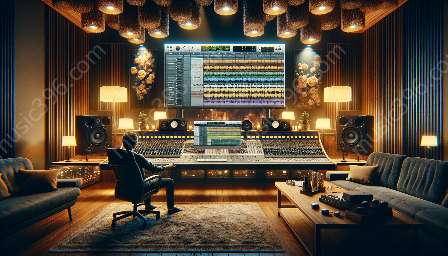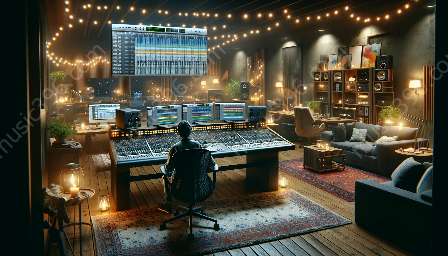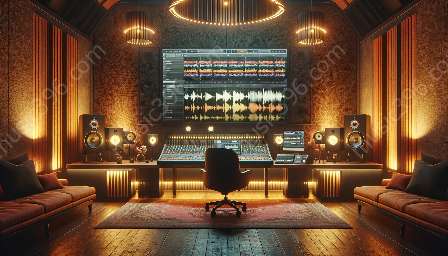Orchestral recordings present unique challenges in mixing and mastering due to the complex and dynamic nature of these compositions. In this topic cluster, we will explore the intricacies of working with plugins and effects in mixing and mastering orchestral recordings, as well as techniques to improve overall audio mixing and mastering skills.
Understanding Orchestral Recordings
Orchestral recordings involve capturing the performance of a symphony orchestra, which typically consists of string, woodwind, brass, and percussion instruments. The complex arrangement of musical layers and intricate dynamics create the need for specialized mixing and mastering techniques to achieve a balanced and polished final sound.
Challenges in Mixing and Mastering Orchestral Recordings
One of the primary challenges in mixing and mastering orchestral recordings is handling the vast dynamic range inherent in orchestral performances. The wide dynamics between soft passages and powerful crescendos require careful attention to ensure that every section of the orchestra is heard clearly while maintaining cohesiveness throughout the mix.
Furthermore, the spatial placement of instruments within the orchestra and the reverberant characteristics of the recording space can impact the overall mix. Balancing the natural acoustics of the recording space with a desired sense of intimacy and clarity poses additional challenges in the mixing and mastering process.
Techniques for Mixing and Mastering Orchestral Recordings
When working with plugins and effects in mixing and mastering orchestral recordings, it's essential to employ a combination of specialized tools and techniques to address the unique requirements of these compositions. Here are some key techniques:
- Dynamic Range Management: Utilize compression and dynamic range processors to control the wide dynamic range of orchestral recordings while preserving the natural dynamics of the performance.
- Spatial Processing: Implement spatial enhancement tools such as reverb and convolution reverbs to create a sense of depth and space within the orchestral mix, simulating the acoustics of different performance spaces.
- Instrumental EQ and Balance: Use precise equalization to balance the tonal qualities of individual orchestral instruments, ensuring that each instrument occupies its own space within the mix without conflicting with others.
- Articulation and Expression Enhancement: Apply articulation and expression tools to maintain the intricate nuances of orchestral performances, enhancing the emotive aspects of the music.
Integration with Audio Mixing and Mastering
The techniques and challenges of mixing and mastering orchestral recordings are deeply intertwined with the broader principles of audio mixing and mastering. By honing these specialized skills, one can elevate their overall proficiency in audio mixing and mastering, regardless of the musical genre or instrument. Understanding the challenges and techniques involved in orchestral recordings provides valuable insights that can be applied across various audio production endeavors.
Conclusion
Successfully navigating the complexities of mixing and mastering orchestral recordings requires a comprehensive understanding of the challenges unique to this genre, as well as tailored techniques to address these challenges. By leveraging the capabilities of plugins and effects, and by mastering the intricacies of audio mixing and mastering, one can achieve professional-quality orchestral recordings that capture the depth and emotion of these timeless compositions.

